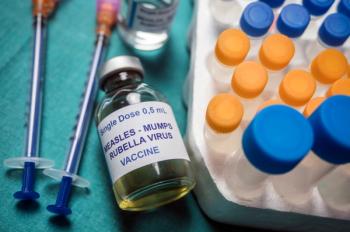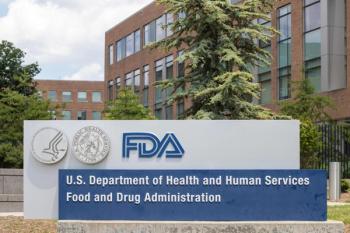
Social Media Messages May Help Smokers Quit
Tweeting about quitting may help smokers actually kick the habit.
Tweeting about quitting may help smokers actually kick the habit.
New findings from the Journal of Medical Internet Research demonstrate that some patients benefit from participating in a 100-day social media intervention program called Tweet2Quit.
In the study, Tweet2Quit sent 2 daily auto-messages to 2 groups of 20 individuals, all of whom were asked to tweet to their group at least once a day. One message promoted group discussion about a cessation-related or community-building topic, including questions about how long the participants were smokers, what they could do to reward themselves for being nonsmokers, and how they counteracted cravings.
The other message provided individualized feedback on each participant about his or her last 24 hours of tweeting. This second type of message could be a suggestion that he or she participate more, or it could be praise for the participant’s level of engagement.
In addition, the smokers had access to free nicotine patches, and they were encouraged to use an online guide to create a tobacco cessation plan.
After the first group of 20 smokers completed Tweet2Quit, the researchers tweaked the program by increasing the number of group discussion topics and improving the timing of the auto-messages. The researchers also sent some auto-messages via text, in case some individuals did not remember to log into Twitter.
After 7, 30, and 60 days post-quit, the first group’s abstinence rates were 50%, 57%, and 42%, respectively, while the second group’s abstinence rates were 21%, 61%, and 75%, respectively. The second group was also significantly more likely to use the study-provided nicotine patches.
The researchers found that abstinence was related to tweets about topics such as assertions of abstinence, quit dates, use of nicotine patches, and confidence of quitting, while tweets about rewards for quitting were only marginally related to abstinence.
Tweets about personal smoking information, emotional support for quitting, and non-evidence-based information about quitting were not related to abstinence.
On average, the participants tweeted about 72 times during the 100-day period, and 78% wrote at least 1 tweet. Nearly 23% of their tweets were responses to auto-messages, while about 77% were spontaneous.
The researchers pointed out that the intervention was cheap, easy, and accessible, and no expert group facilitators were necessary.
“A hybrid social media intervention that combines traditional online social support with daily auto-messages appears to hold promise for smoking cessation,” the study authors concluded.
Newsletter
Stay informed on drug updates, treatment guidelines, and pharmacy practice trends—subscribe to Pharmacy Times for weekly clinical insights.

















































































































































































































